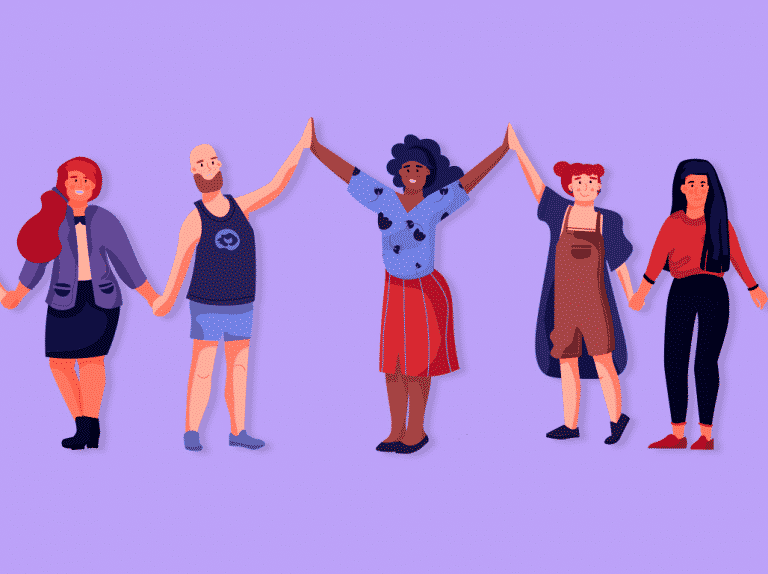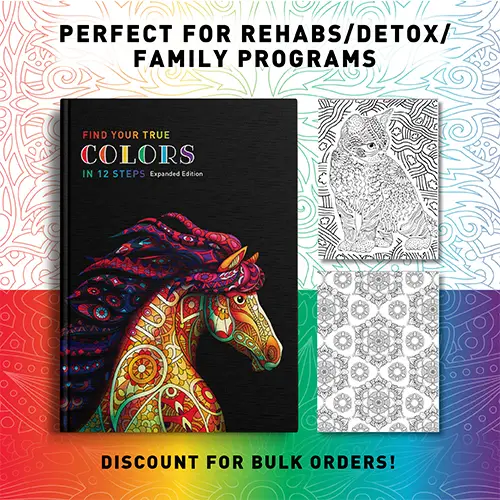If 12 step programs work, why is addiction still growing? That’s a great question many people keep asking. Addiction is growing by leaps and bounds, and there are a lot of reasons for this. America loves alcohol, tobacco, legal and illegal drugs, and marijuana. All of them are addictive and alter brain function telling people they’re not in trouble when they are. Addiction is not just one thing.
Because addiction is proliferating people don’t believe 12 Step Programs Work
We see the end stages of drug and alcohol addictions and think recovery programs don’t work. The millions of people using 12 Step principles in dozens of programs, worldwide, however, prove them wrong.
What Are 12 Step Programs
Unless you’ve been under a rock for the last 80 years, you have heard of Alcoholics Anonymous and the 12 steps. You may know about meetings and fellowship, and how addicts help each other. You may have heard slogans like “One day at a time” and “Easy does it.” But what happens in those 12 Step meetings may remain a mystery to you.
It’s not a secret society, like the Masons, or Scientology, or the Mormons. And it’s not a cult. The 12 Steps have become for many the universal language of recovery. They have endured through the changes of the 20th Century and spread exponentially so that almost everyone entering a recovery program now becomes familiar with it.
Over Eighty Years Old
The 12 Step Programs of Alcoholics Anonymous were created in 1939 when two hopeless drunks discovered that they could stay sober only if they regularly talked with other alcoholics. Bob Smith (Dr. Bob) and Bill Wilson (Bill W) knew that alcoholics needed a way for people to emerge from a self-destructive life that wasn’t working to a more positive and sustainable life without drinking or using substances.
This was a tough challenge since no treatment throughout the ages had worked for people with this deadly chronic, relapsing brain disease. There was, and still is, no cure for it. Family members also needed a new way of thinking to help them move from being controlled by someone else’s addiction to living their own lives in a safe and peaceful way.
They developed a process involving group meetings that provided a context for exploring aspects of behavior in addiction. This process helped abusers stop using and family members to modify their own behavior with regard to their addicted loved ones. Addiction is a family disease, and everyone plays a part in it. Surprisingly, the same process helps both populations in the same way.
12 Step Programs Are Like The 10 Commandments Of Mental Health, Except There Are 12
The 12 Steps was the first effective program for substance and alcohol addiction and for healing families affected by it. Those who have been transformed by the language, the fellowship of acceptance and caring, and the group talk environment believe that the 12 Steps should be taught to everyone. The steps can be seen as the ten commandments of mental health. Only there are 12 of them.
Try It. You May Like It
Those who haven’t been to an AA meeting have certainly seen snippets of meetings portrayed on TV and in movies. We see people telling their names and stories, and very importantly, they identify as addicts or alcoholics or family members.
We all know what addiction looks like, but the transformation that takes place in recovery is not something that is shown in movies or on tv. It would take way too long to show how change occurs, over often a long period of time, as people begin to understand what those around them are talking about. Unless you attend a few meetings yourself, it’s virtually impossible to get a feeling of the process recovery in a 12 step program. And of course, each group has a different dynamic. Though 12 programs do work for those who stick with it, not every group is a good fit. So shopping around for the right meeting may be necessary.
12 Steps Are No Walk In The Park & Don’t Work For Everyone
Another important point is that the 12 Steps don’t work for everyone. Just as no single treatment for any illness works for everyone. Transformation doesn’t happen just because someone is learning a new vocabulary and brand new way of thinking. Phrases like “Higher power,” “defect of character”, and “Will of God” can make people really angry, or turn on the light bulb, or inspire both reactions at different times, or even at the same time.
A family member, for example, often has this response at first, “If I’m a good person who cares for someone who is an addict, how can I have a defect of character? I don’t have a defect of character!” But later on they may see a bit of toxicity in all that caring for someone who may not want it. 12 Steps provides a blame-free language and a safe place to explore of what makes us all tick. Especially in relation to our behavior dealing with addiction.
The Power Of The 12 Steps Is That It Makes People Think
- Who am I really?
- What am I doing?
- Who or what is in control?
- How can I get better?
- How do I relate to other people?
- Am I a bully or a doormat?
- How Do I Stay Calm?
- How do I stay away from whatever problem I have?
These are things that 12 Step meetings and the literature that goes along with them inspire people to think about. Finding a safe place to explore the impact of addiction is a lifesaver for those who feel imprisoned by the disease. People are empowered for the first time to decide for themselves how they want to be. It takes a lot of courage to enter a room full of complete strangers and admit you need help. Those in 12 Step programs say they are welcomed everywhere in the world they go and know they are never alone. One of the slogans, “take what you want and leave the rest” is always helpful.





















